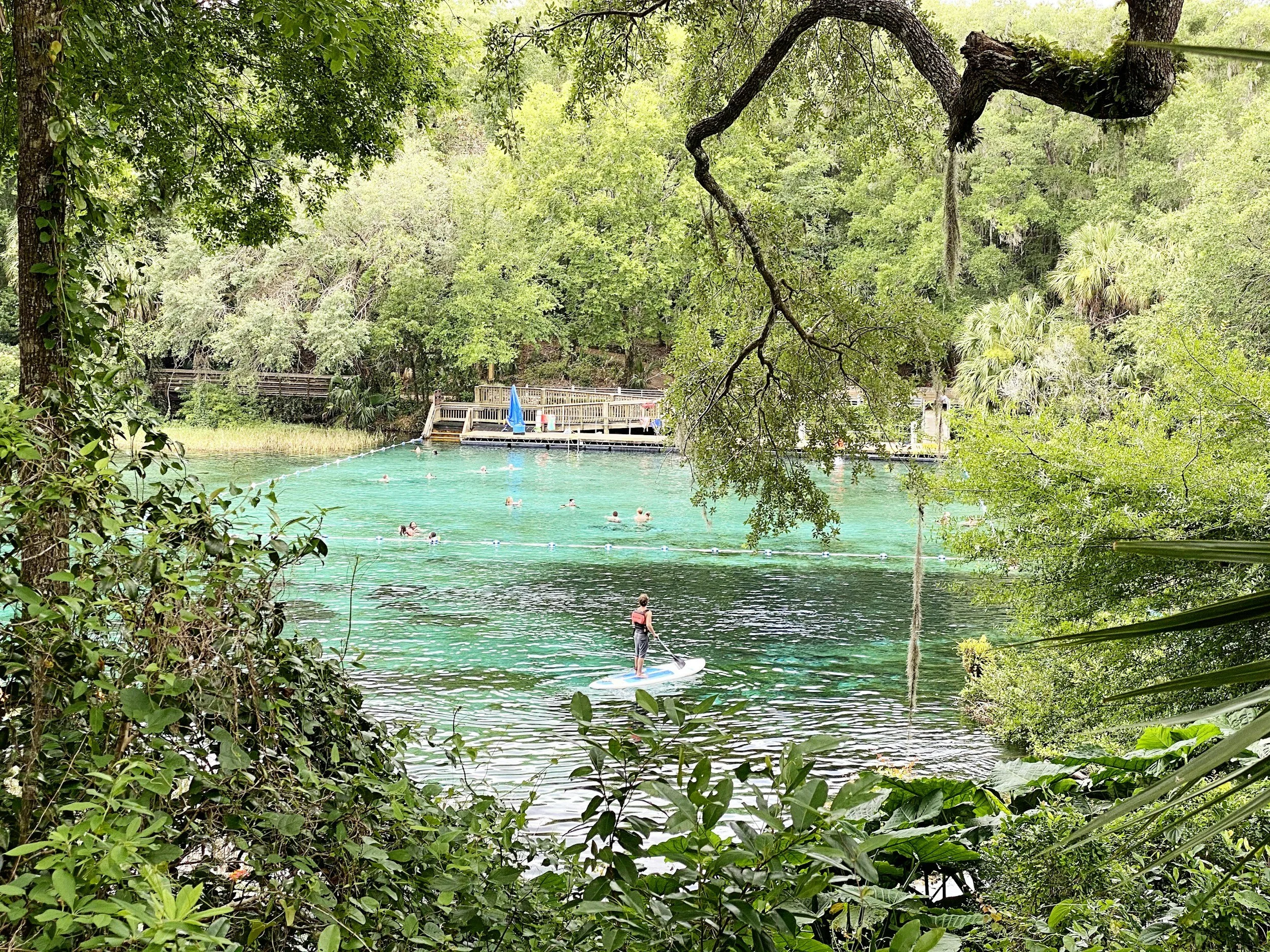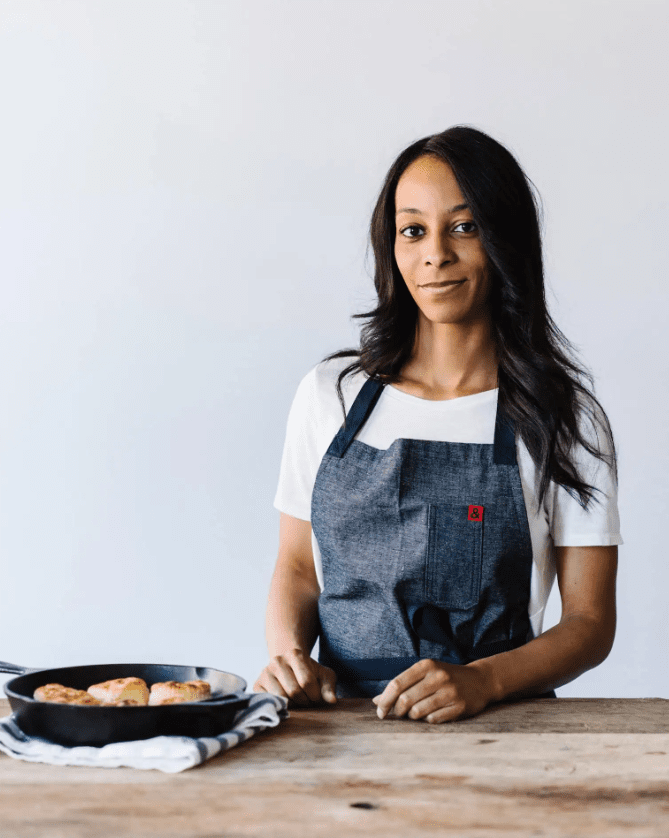
ORLANDO | FLORIDA | CHEF PROFILES
Chef David Montelongo Brings His Jalisco Roots to Ceiba in Orlando
CEIBA | MAP | INSTAGRAM
By Eric Barton | Oct. 21, 2025
AUTHOR BIO: Eric Barton is editor of The Adventurist and a freelance journalist who has reviewed restaurants for more than two decades. Email him here.
Chef David Montelongo tells the story the same way every time: a rustic kitchen in the small town of San Diego in the Mexican state of Jalisco, alive with clatter and steam, the air thick with simmering salsas and tortillas on a hot comal. It is an origin story built from repetition, heat, and family ritual. “It wasn’t a big or fancy place, but to me, it felt like the center of the world,” Montelongo says. The center had a name, too—his grandmother’s restaurant—where the ritual of feeding people doubled as a family language.
That thread runs through everything he cooks now. Montelongo is chef de cuisine at Ceiba in Orlando, charged with serving food that reads as both personal and welcoming. He approaches the task by narrowing rather than expanding, grounding dishes in memory and letting technique carry them forward. As he puts it, “I believe that good food, made with care and respect for its roots, is appreciated no matter where you’re from.”
Chef David Montelongo
Montelongo’s memories of home come with the smells that would greet him at the start of every day. “Growing up in San Diego, Jalisco, a small, tight-knit town in the heart of Mexico, was a warm and community-centered experience,” he says. “I still remember waking up to the smell of fresh tortillas on the comal and café de olla brewed with cinnamon and piloncillo. Mornings were always warmer when the kitchen was busy.” The kitchen stayed busy. Abuela ran the show. Tíos worked in restaurants. The path didn’t so much present itself as lay out before him.
His grandmother’s restaurant shaped the way he thinks about kitchens even now. “From the smells of simmering salsas to the clatter of dishes during dinner rush, that little kitchen was full of life, and it’s where I first fell in love with cooking,” he says. “Her influence is in every part of how I cook today, from how I season my food to how I treat my kitchen space.” If you want to understand his style, start with the discipline of a small line during a rush: economy of movement, attention fixed on heat and time, respect for the people next to you.
Tartar de atún
Formal training came in Mexico City, where the scale widens and the stakes rise. There he found models for what a regional voice can do on a national stage. Chef Francisco Ruano’s example—modern, exacting, fiercely local—made an impression. So did someone closer to home: “From my brother, Oscar, I learned the pride in making Jalisco’s food great,” he says. “He reminded me that our cuisine isn’t just about ingredients or techniques, it’s about representing where we come from, telling our story through food, and never settling for anything less than the best.” Pride, then, not as posture but as a standard.
Arrachera
Yellowtail snapper
Ask him about a dish from home and he won’t hesitate. “In my family, mole rojo is at the center of every celebration,” he says. He talks about toasting chiles until they cross from sharp to round flavors, the spices blooming, the long simmer that pulls everything together. It is a communal sauce by design—time-intensive, opinionated, generous. That instinct for gathering shows up in how he builds Ceiba’s menu. He is not chasing novelty for its own sake. He is inviting people in. “While the menu honors the dishes I grew up with and the recipes passed down through my family, I also pay attention to how people experience the food,” he says. “It’s about inviting them in, sharing a piece of my home, and trusting that if the food is honest and delicious, it will speak for itself.”
Two plates make the case. The birria is a family recipe, handled with the kind of care that telegraphs memory more than trend. “It carries the flavors and memories of my hometown, and every time I make it, I feel connected to my roots and my grandmother’s kitchen,” he says. Then there is the arrachera, which he developed with his brother—a collaboration that reads like a bridge between past and present. “It represents not only our shared love for cooking but also the way we blend tradition with a little bit of our own twist.”
Pescado Zarandeado
Montelongo talks often about pace - the slower rhythm of his hometown and the natural tempo of a kitchen when everyone trusts one another. It shows up in his food, too. Nothing feels rushed. Everything points back to a little restaurant that once felt like the center of the world, and to a cook who still treats the line as a place where comfort becomes memory, one plate at a time.
Barbacoa de Cordero.
12 Experiences That Prove Orlando is More Than Theme Parks
From art museums to natural springs, Orlando has more than rides. Here are 12 things to do that prove the city is a destination beyond Disney.
Where to Eat in Chattanooga Now: 15 Restaurants You Can’t Miss
Explore Chattanooga’s top new and notable restaurants—featuring James Beard–nominated chefs, inventive menus, and design-driven spaces.















